Characteristics of coffee bean producing areas in Ethiopia the difference between Sidamo coffee beans and Yejasuffi coffee beans
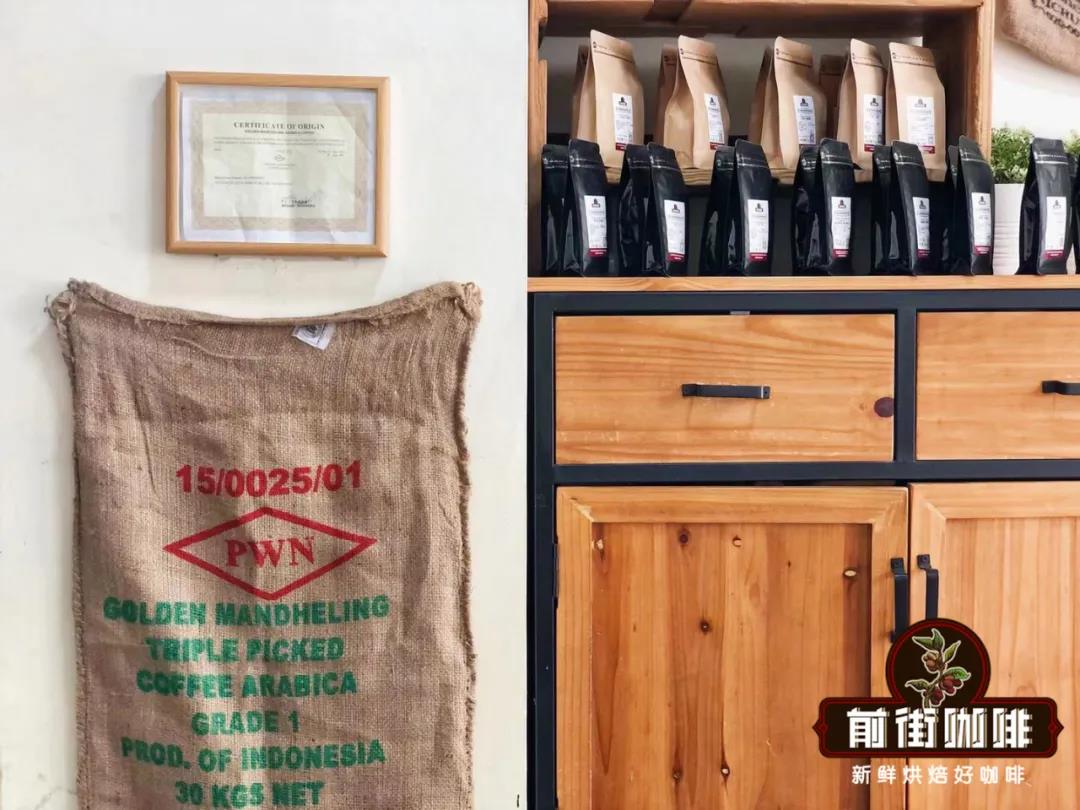
Professional coffee knowledge exchange more coffee bean information please follow the coffee workshop (Wechat official account cafe_style)
The well-known producing areas in Ethiopia are Sidamo and Yegashafi, in which Yejasuefi originally belonged to a small town in the Sidamo producing area, but because of its unique citrus lemon acidity, it was divided into the Sidamo coffee producing area. become an independent producing area, so what is the difference in flavor between them? Next, this article on Qianjie Coffee will bring you coffee fans to discuss it together.
Sidamo coffee producing area
Qianjie Coffee often says that if you want to understand a coffee bean, you must start from its producing area, variety, and treatment, so the next Qianjie Coffee will mainly focus on these three factors to introduce to coffee fans and friends.
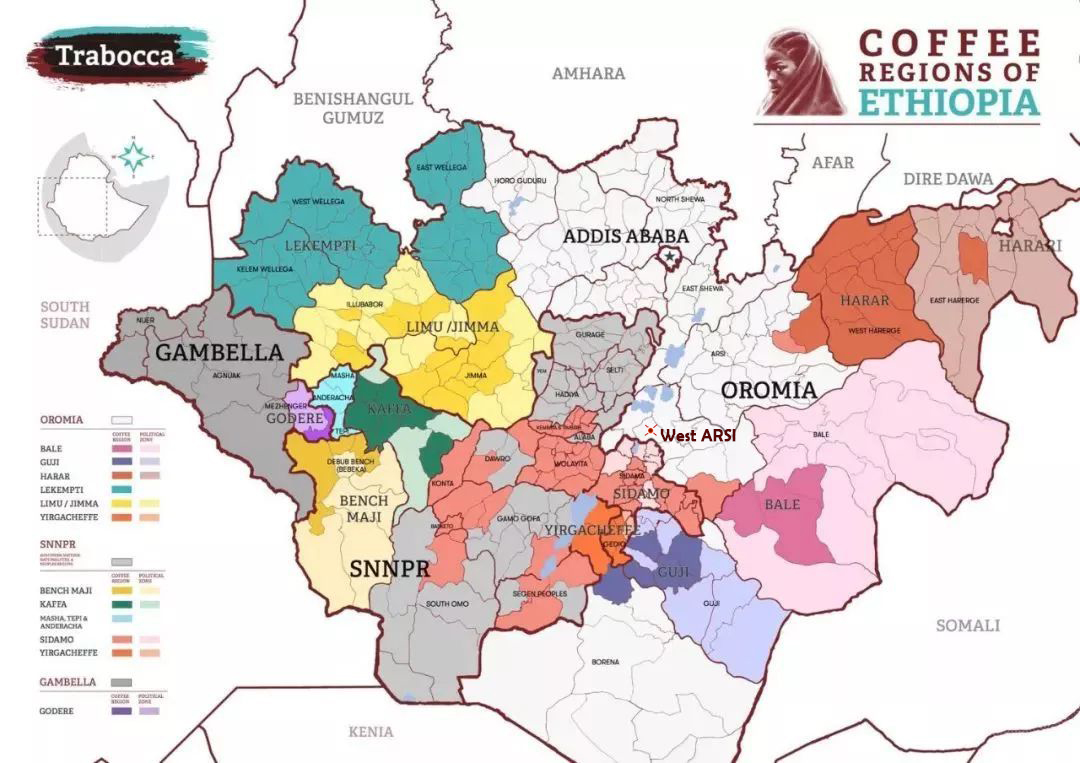
The Sidamo coffee producing area is located in the south of Ethiopia, with an elevation of about 1400-2000m. The industry here is mainly agricultural, and coffee is mainly grown around the East African Rift Valley. Because of the different soil types and microclimate of Xidamo, coupled with the fact that Ethiopia itself has countless native coffee species, the flavor of Sidamo coffee is very diversified. The coffee produced in every town in West Dharma will also have obvious differences and characteristics.
Among them, the most famous coffee producing areas in Sidamo are Guji producing area and Arsi producing area. Coffee beans from these two producing areas are available for coffee fans to choose from in Qianjie Coffee Shop.
Sidamo coffee bean treatment
According to Qianjie, 70% of the producing areas in Ethiopia are sun-treated, and the Sidamo area is no exception. Most of the coffee fruits are treated by the sun. The coffee beans treated by the sun are also more fragrant and fermented than those treated with water, so Qianjie Coffee believes that the coffee beans in the Xidamo area have a strong fruity aroma and smooth taste.
Sun treatment process:
1. The first step is to pick the ripe coffee fruit, and then select the defective, overripe or moth-eaten coffee fruit through manual screening, leaving good beans. This is also most of the reasons why the appearance of coffee beans can be more uniform and good-looking in the front street store.
two。 After manual screening, the good fruit will be sent to the drying place for drying, of course, different coffee producing areas use different drying racks, some may be tarpaulins, high beds or cement floors, etc., with an average drying time of 27-30 days. The drying process is not completed until the moisture content of coffee is reduced to 11%.
3. This step is also a critical step. After drying, the coffee fruit will be sent to a special processing plant for peeling and shelling, and even polished, so that the pulp and other parts of the coffee fruit will fall off before getting the real common coffee beans.
4. After peeling, raw coffee beans will be screened again to remove coffee beans that do not look good. This is because overdried coffee beans will be fragile and will be crushed during peeling, while underdried coffee beans will contain too much water, and if the water is too active, it will make coffee beans prone to bacteria and mildew, so they will be re-screened before they are sent to the warehouse for storage and packaged for export.
Yejia Xuefei coffee producing area
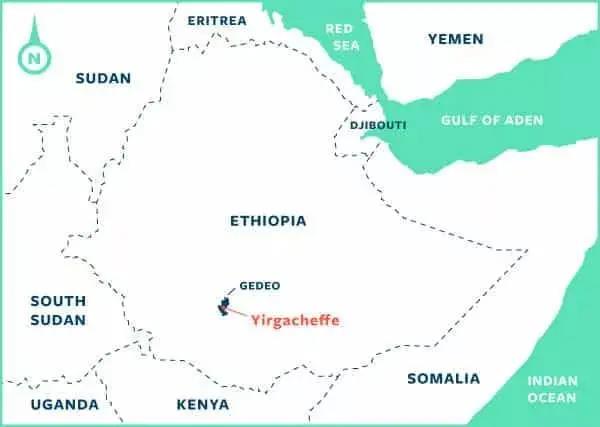
As mentioned in the front street above, the coffee beans in the Sidamo producing area are very diverse, and Yega Xuefei has been separated out precisely because of the unique flavor of the coffee beans, and it has become the most famous coffee producing area in Africa by relying on the flavor. When it comes to African coffee, coffee fans are the first to think of Yejashafi coffee beans.
Yega Xuefei is 1800-2000m above sea level, which is also one of the highest producing areas in Ethiopia. The area itself is a wetland, so it has a lot of water resources. However, according to Qianjie, it is understood that Yega Xuefei traditionally used the oldest method of sun treatment, until 1972, Ethiopia introduced Central and South American water washing technology to improve the quality of coffee beans. This move also magnifies the citrus and lemon aroma of Yega Xuefei coffee beans and makes them more fresh and bright on the taste.
Yejia Xuefei coffee bean treatment method
Because of this, Yega Xuefei has become one of the representatives of fine coffee in the world, and since then, this area has been mainly washed coffee beans, until the 21st century, the sun drying technology also began to improve, the improvement of technology has also led to the emergence of amazing sun-dried beans in the boutique coffee market, and at this time there is a coffee trader named Bugsy who misses the flavor of traditional sun-dried coffee beans. So they began to improve the sun, and launched several excellent sun-cured coffee beans, so that the sun-dried coffee beans regained their status in the Yega Sheffield producing area. For example, the Yega Xuefei sun-red cherry coffee beans in the front street coffee shop are very popular with coffee fans.
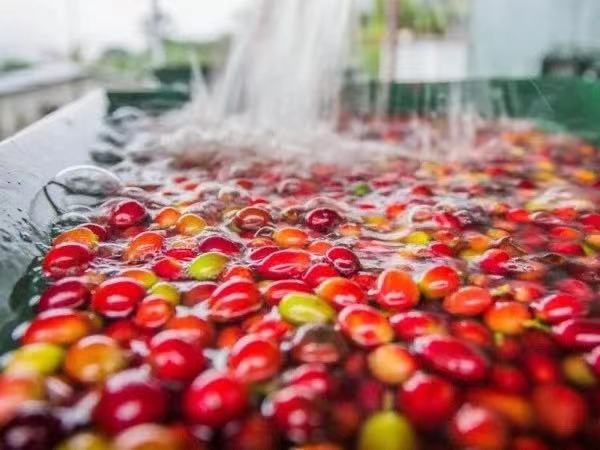
Washing treatment process
1. First of all, coffee farmers will pour all the harvested coffee fruit into the water, so that the bad and defective coffee beans will surface and sink to the bottom of the water is the quality of coffee fruit, and this operation also greatly reduces the time wasted by picking one by one.
two。 Put the screened coffee fruit into a peeling machine to remove the skin and flesh, and after removing these coffee fruits, there will still be a layer of pectin on the surface of the coffee fruit, so wash away the adhesive on the surface of the coffee fruit with a lot of water.
3. The next step is to use fermentation to completely remove the pectin, which takes about 18 hours, but after the fermentation is completed, the fermentation bacteria adhere to the surface of the coffee fruit, so it needs to be washed with a lot of water again, like this step. Getting 1 kilogram of coffee beans requires 40 to 50 kilograms of water, which Qianjie thinks is a very large number. This is why water washing cannot be adopted in dry countries.
4. Washed coffee beans can be dried, some areas will be directly taken outside to dry, and some more developed producing areas, will be sent to the treatment plant to use machine drying, so that the water content of coffee is as low as 11%.
5. Finally, the dried coffee beans are stored and packaged for sale and export.
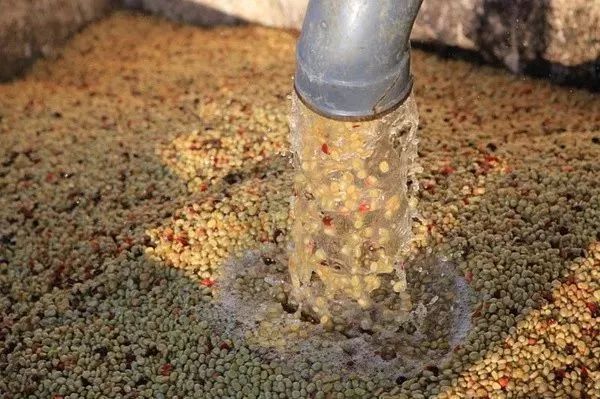
As mentioned in the previous street article, the difference between washing treatment and sun treatment will also affect the flavor of coffee beans, so the following front street will compare Yegashifi coffee beans with Sidamo coffee beans in the same treatment. so that coffee fans can more intuitively understand the differences in the flavor of coffee beans in the two producing areas.
Qianjie Coffee uses sun-treated coffee beans this time, and then Qianjie Coffee will share the flavor between the two beans and roast hand-made data.
Qianjie Coffee Ethiopia Yega Xuefei Aricha Coffee beans

Country: Ethiopia
Producing area: Yega Xuefei
Altitude: 1900-2100m
Variety: native species
Treatment: sun treatment
Flavor: light fermented wine, sweet orange, spices, honey sweet
Qianjie Coffee Ethiopia Sidamo Sakuran 4.0 Coffee beans
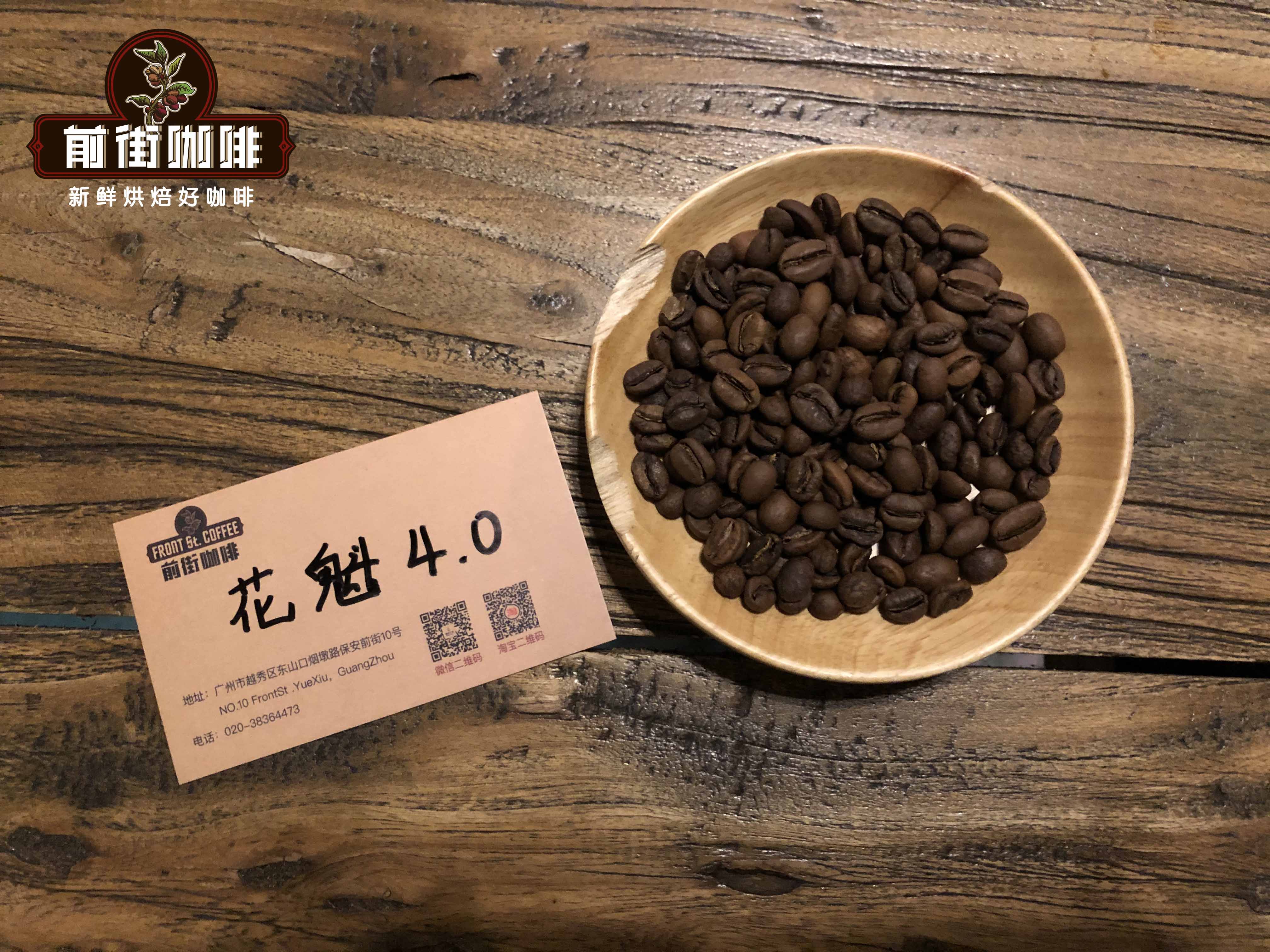
Country: Ethiopia
Producing area: Sidamo
Altitude: 2250-2350m
Variety: native species
Treatment: sun treatment
Flavor: rose, cream strawberry, citrus, passion fruit, oolong tea
Suggestion on coffee baking in Qianjie
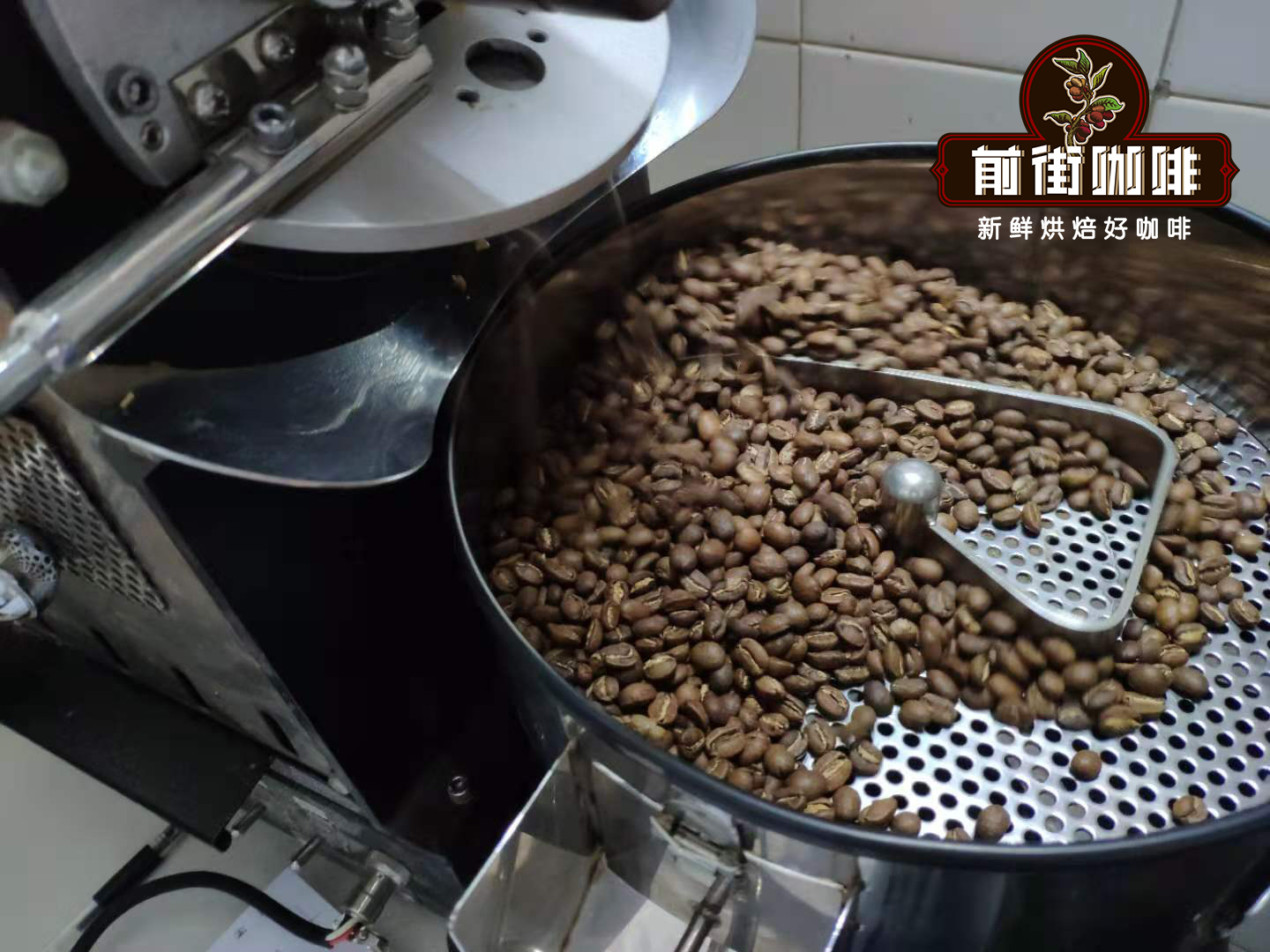
Qianjie Coffee Sakuran 4.0 baking curve:
Yangjia 800N, bean 480g: furnace temperature to 175 degrees Celsius into the pot, throttle open 3, firepower 120. Rise to 140 degrees, throttle open 4. Bake to 6: 00 ", the temperature is 151.7 degrees, the bean surface turns yellow, the smell of grass disappears completely, and the dehydration is completed. When the bean surface appears ugly Hu wrinkles and black markings, the smell of toast obviously changes to the smell of coffee, which can be defined as a prelude to an explosion. At this time, it is necessary to listen carefully to the sound of the explosion point, which starts to explode at 9: 50 ", the throttle is fully open, and the firepower of 188 degrees is reduced to 80." the development time of an explosion is 1: 40 ", put into the pot at 196 degrees.
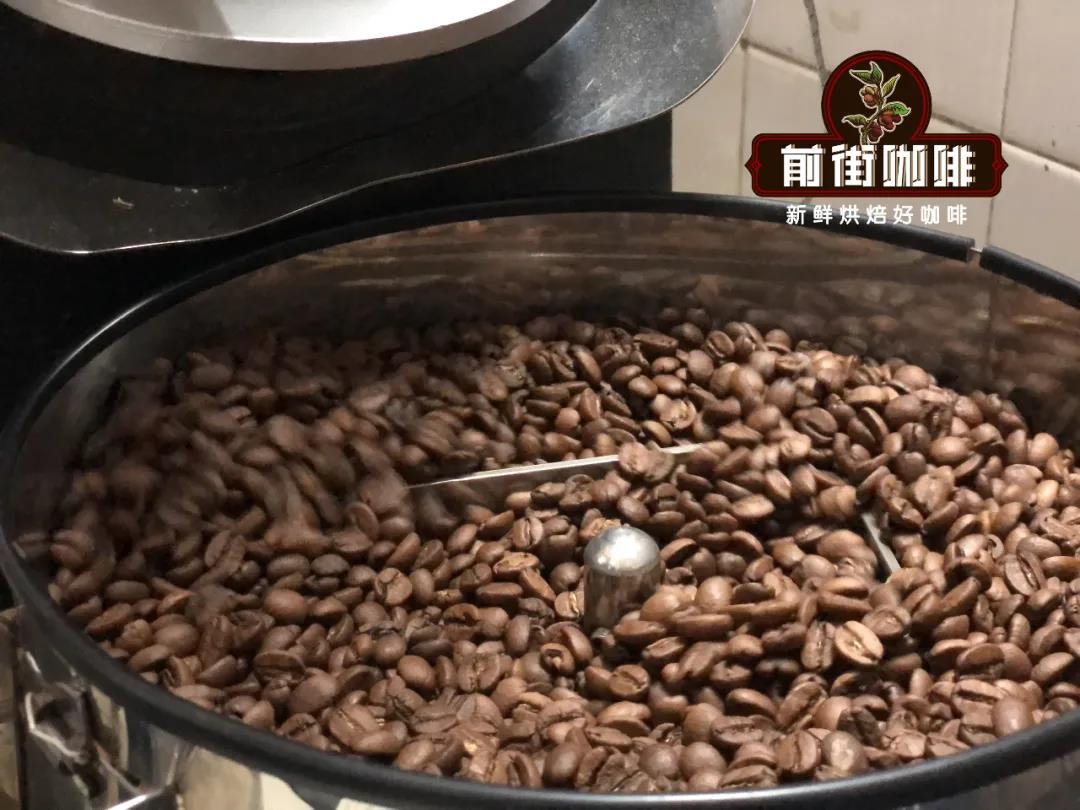
Front Street Coffee aricha Coffee Bean Baking Curve:
Yang family 600g semi-straight fire, using fast stir-frying mode, furnace temperature to 200 degrees Celsius into the pot, throttle set 3 degrees Celsius for 30 seconds, adjust firepower 160 degrees, throttle unchanged, 150 degrees adjust firepower once, at this time the bean table turns yellow, the smell of grass completely disappears, dehydration is completed, firepower is adjusted to 120 degrees, throttle to 4. In the 8th minute, ugly wrinkles and black markings appear on the bean table, and the smell of toast obviously changes to the smell of coffee, which can be defined as a prelude to an explosion. at this time, listen clearly to the sound of an explosion point, to 849 "start an explosion, adjust the firepower to 70 degrees, the throttle is fully open 5 (the firepower should be very careful, not so small as to be free of bursting sound), 1: 48" after an explosion, 195 degrees into the pot.
Suggestion of cooking in Qianjie & comparison

Filter cup: V60 # 01
Water temperature: 90-91 degrees
Powder content: 15g
Ratio of powder to water: 1:15
Degree of grinding: BG6m/ fine sugar size (20 sieve bowl sieve powder to 80%)
Qianjie cooking technique:
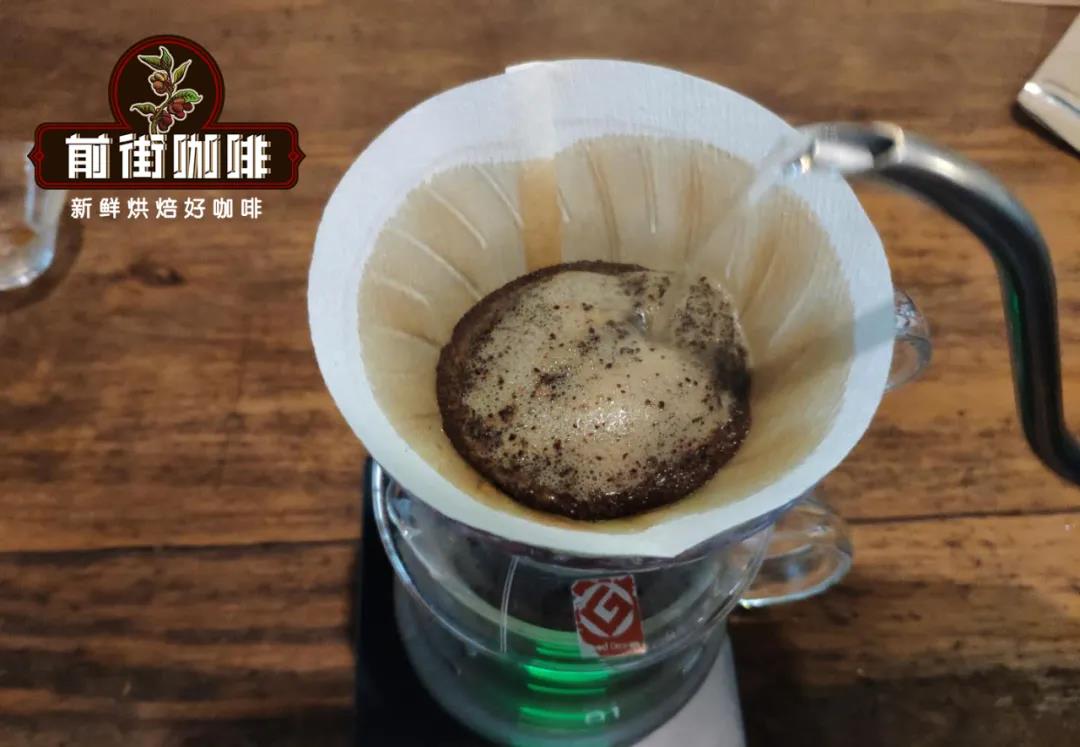
The first stage is injected with 30 grams of water for 30 seconds, followed by 95 grams (about 125 grams indicated by the electronic scale), and the injection is completed in about 1 minute. When the water level drops to 2 grams, the remaining 100 grams are injected at 3 places in the powder layer (about 225 grams shown by the electronic scale). The injection is completed in about 1 minute, 40-1 minutes, 3945 seconds. 2: 00 "- 2 grams 3910" trickling is completed, remove the filter cup and complete the extraction.
Sun Huakui 4.0 cooking flavor: high temperature aroma of almonds, slow cooling of sweet and sour berries, blackcurrant juice, honey aftertaste, long-lasting sweetness.
Sun Yega Chuefei aricha cooking flavor: the entrance is extremely smooth, ripe fruit sour and sweet emerge, long-lasting sweetness, fermented fruit aroma.
For more boutique coffee beans, please add private Qianjie coffee on Wechat. WeChat account: kaixinguoguo0925
Important Notice :
前街咖啡 FrontStreet Coffee has moved to new addredd:
FrontStreet Coffee Address: 315,Donghua East Road,GuangZhou
Tel:020 38364473
- Prev

Starbucks Coffee Story and Brewing Flavor characteristics of Yunnan Coffee Bean producing area
Professional coffee knowledge exchange more coffee bean information please follow the coffee workshop (Wechat official account cafe_style) Starbucks coffee bean coffee is not only a drink for modern people, but also a kind of aesthetics of life, so many companies begin to lock in the high-end boutique coffee market! Like the coffee chain Starbucks, it launched.
- Next
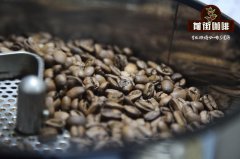
What is the flavor of deep roasting in Ethiopian sun Sidamo coffee? Sidamo coffee code
Professional coffee knowledge exchange more coffee bean information please follow Coffee Workshop (Wechat official account cafe_style) Sidamo boutique coffee beans / Sidamo coffee producing area: Sidamo is located in the south, at an altitude of 1800-1900 meters above sea level, on a hillside on the shoulder of the Great Rift Valley of East Africa. Planted by more than 2000 small farmer coffee gardens, the area has unusual and ideal rainfall every year
Related
- Detailed explanation of Jadeite planting Land in Panamanian Jadeite Manor introduction to the grading system of Jadeite competitive bidding, Red bid, Green bid and Rose Summer
- Story of Coffee planting in Brenka region of Costa Rica Stonehenge Manor anaerobic heavy honey treatment of flavor mouth
- What's on the barrel of Blue Mountain Coffee beans?
- Can American coffee also pull flowers? How to use hot American style to pull out a good-looking pattern?
- Can you make a cold extract with coffee beans? What is the right proportion for cold-extracted coffee formula?
- Indonesian PWN Gold Mandrine Coffee Origin Features Flavor How to Chong? Mandolin coffee is American.
- A brief introduction to the flavor characteristics of Brazilian yellow bourbon coffee beans
- What is the effect of different water quality on the flavor of cold-extracted coffee? What kind of water is best for brewing coffee?
- Why do you think of Rose Summer whenever you mention Panamanian coffee?
- Introduction to the characteristics of authentic blue mountain coffee bean producing areas? What is the CIB Coffee Authority in Jamaica?

